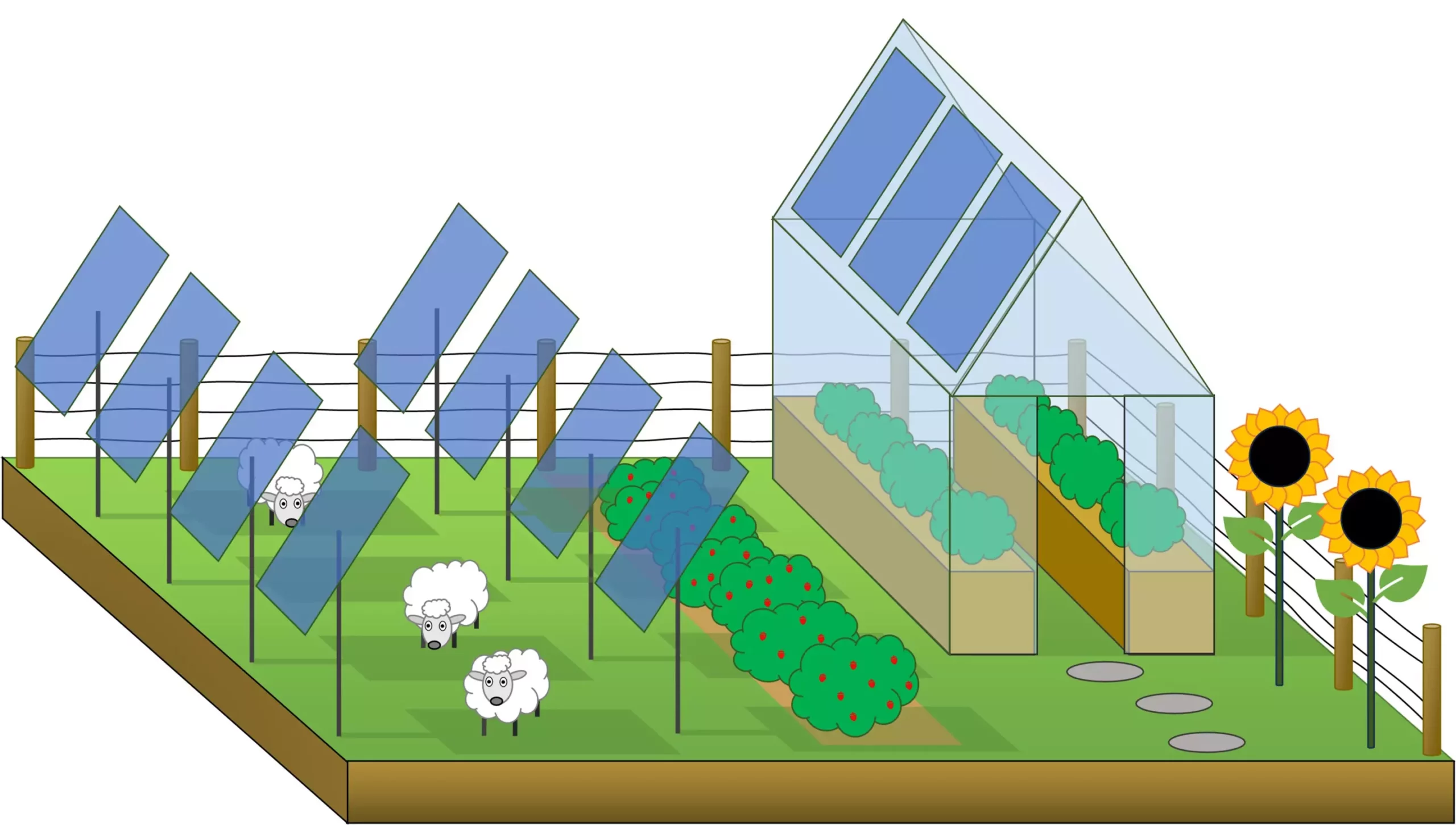The intersection of agricultural production and renewable energy generation has never been more critical, as we seek to address the dual challenges of climate change and food security. Recent research emerging from Swansea University unveils a remarkable tool that promises to enhance this synergy: a system designed to identify the most effective photovoltaic (PV) materials that not only optimize solar energy conversion but also support crop growth. This innovative approach, referred to as agrivoltaics, merges farmland with solar technology, demonstrating immense potential to reshape how we approach agriculture in a sustainable manner.
The groundbreaking work conducted by Swansea’s Department of Physics revolves around the establishment of a freeware tool that models light interaction with semi-transparent PV materials. This computational resource enables researchers and practitioners worldwide to assess how various PV films perform in diverse geographic locales. By factoring in geographical, physical, and electrical data, the tool provides insights into light transmission, absorption, and energy generation, ultimately empowering stakeholders to make informed decisions. Lead author and Ph.D. candidate Austin Kay highlighted the technology’s capacity to aid in balancing the necessities of food production against the urgent demand for renewable energy solutions.
A pivotal aspect of optimizing agrivoltaics is the careful choice of PV materials based on their interaction with light. This interaction is governed by the concept of bandgaps—the energy thresholds that materials need to absorb specific wavelengths of light. PV materials with wider bandgaps are adept at capturing higher-energy blue wavelengths, while those with narrower bandgaps emphasize the absorption of red light. Since crops primarily require red and blue light for photosynthesis—reflecting green light—precisely engineered PV materials can enable a harmonious coexistence of power generation and agricultural productivity.
The implications of integrating solar panels within farming systems extend far beyond energy generation. Associate Professor Ardalan Armin, a project leader, underscored agrivoltaics’ potential to markedly contribute to the decarbonization of the agricultural sector. By creating a framework where clean energy is produced alongside food, we can address urgent climate issues while enhancing food security. This dual yield offers significant advantages, allowing farmers to harness renewable resources on-site without detracting from their core agricultural responsibilities.
Implementation in Agricultural Practices
Utilizing PV technology in farming can take multiple forms, from rooftop installations on greenhouses to dedicated areas for solar panel placements that simultaneously safeguard crops and livestock. These systems frequently lead to reduced operational costs, as certain animals, such as sheep, can naturally assist in maintaining the vegetation around solar installations. However, it is critical to select appropriate livestock; for instance, goats, notorious for their climbing abilities, can inadvertently damage PV panels, necessitating thoughtful planning in selection.
The innovative research from Swansea University marks a significant step forward in the quest for sustainability through agrivoltaics. By providing tools to identify the optimal PV materials and fostering a deeper understanding of light dynamics, we can elevate agricultural practices to meet modern energy demands while ensuring food security. As the world grapples with climate challenges, such integrated approaches will be vital in shaping a resilient future for both humanity and the planet.

